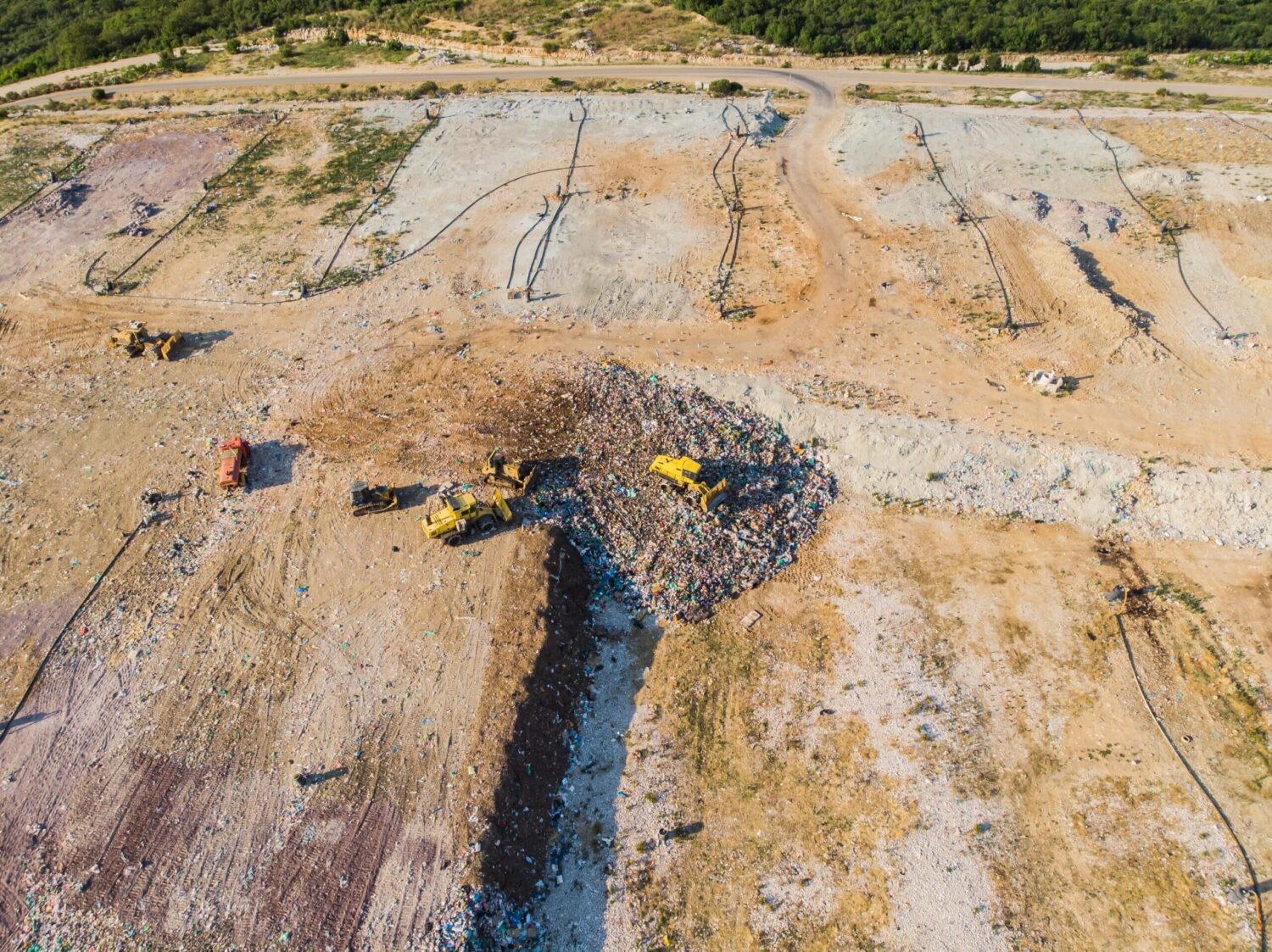With the UK’s long history of industrial activity, contaminated land is a widespread issue.
To manage the environmental and public health risks from land contamination, a comprehensive framework of contaminated land regulations has been established.
These aim to ensure land is safe for use, with any associated risks being effectively managed.
With pressure on land across the UK, particularly in growing towns and cities, unlocking brownfield and other sites for development is a key concern for companies and governments at a local and national level.
A body of legislation governs how contaminated land is regulated, including:
- Environmental Protection Act 1990 (Part IIA)
- The Contaminated Land (England) Regulations 2006
- The Environmental Damage (Prevention and Remediation) Regulations 2009
A key measure supporting contaminated land regulations is the Land Remediation Relief (LRR).
This is a tax incentive scheme that’s designed to encourage companies to take action to decontaminate land, making it safe and viable for redevelopment and reuse.
What is Land Remediation Relief (LRR)?
Land Remediation Relief (LRR) is a targeted tax relief scheme that provides a financial incentive to companies to remediate land they own.
The aim is to make the land safe and suitable for development. LRR supports companies that are undertaking this vital work which can have significant upfront costs.
The relief is available to companies liable for Corporation Tax and can be claimed on capital and revenue expenditure incurred during the remediation of contaminated land.
Examples of land contamination
The contaminated land regulations define contaminated land as any land that poses a significant risk to human health or the environment. This can include:
Asbestos
Asbestos is often found in old industrial sites and buildings and can pose severe long-term health risks if not properly managed.
Japanese Knotweed
This invasive plant species is fast-growing, strong, and virulent. Left unchecked it can cause significant structural damage to buildings and infrastructure.
Oil and hydrocarbons
Frequently found in soil near industrial sites, decommissioned petrol stations, and areas with historical spills.
Heavy metals
A range of metals such as lead, mercury, and cadmium, have been used in the past in industrial practices.
What are the benefits of Land Remediation Relief?
Land Remediation Relief provides substantial tax incentives, making it financially viable for companies to undertake remediation projects.
As mentioned above, the relief applies to capital and revenue expenditure, covering a wide range of remediation activities.
Unlike capital allowances, LRR is available to property investors and developers alike.
What activities qualify for LRR?
Land Remediation Relief has a broad scope meaning that a wide range of activities and tasks can be eligible. This can include:
Asbestos removal
The safe removal of asbestos from buildings and soil to eliminate health hazards.
Treatment of Japanese Knotweed
The methodical removal and eradication of this invasive species to prevent structural damage and further environmental harm.
Soil decontamination
Cleaning soil that has been contaminated with oil, hydrocarbons, and heavy metals, to restore its usability.
Groundwater treatment
Addressing contamination in groundwater to ensure that it fully meets safety and quality standards.
What is the claims process for Land Remediation Relief?
Claiming LRR involves a structured process beginning with an environmental assessment.
This determines if the land is contaminated and the extent of the contaminants present.
A remediation plan is developed, and approvals are sought from local authorities or environmental agencies, if relevant.
Throughout the remediation process detailed records of all related expenditures, including both capital and revenue, need to be maintained.
The final step involves preparing and submitting the claim as part of your company’s Corporation Tax return.
Claim Land Remediation Relief with DAAFL
Many landowners and developers miss out on the substantial financial benefits of claiming LRR.
This may be because they are unaware of its existence or worry that the relief is too complicated to claim, or may not be worthwhile.
At DAAFL, our tax specialists have been helping businesses to claim land remediation relief since 2015. Since then, we’ve helped dozens of businesses claim back more than £19m in total.
If you are the owner or developer of land that may be contaminated, we can advise you about eligibility and help you with the application process.
Contact us to find out more about Land Remediation Relief and how we can help.
More on Land Remediation Relief from Digital Accounting and Finance
How Land Remediation Works
Contaminated Land Meaning
Stages of Contaminated Land Assessment
